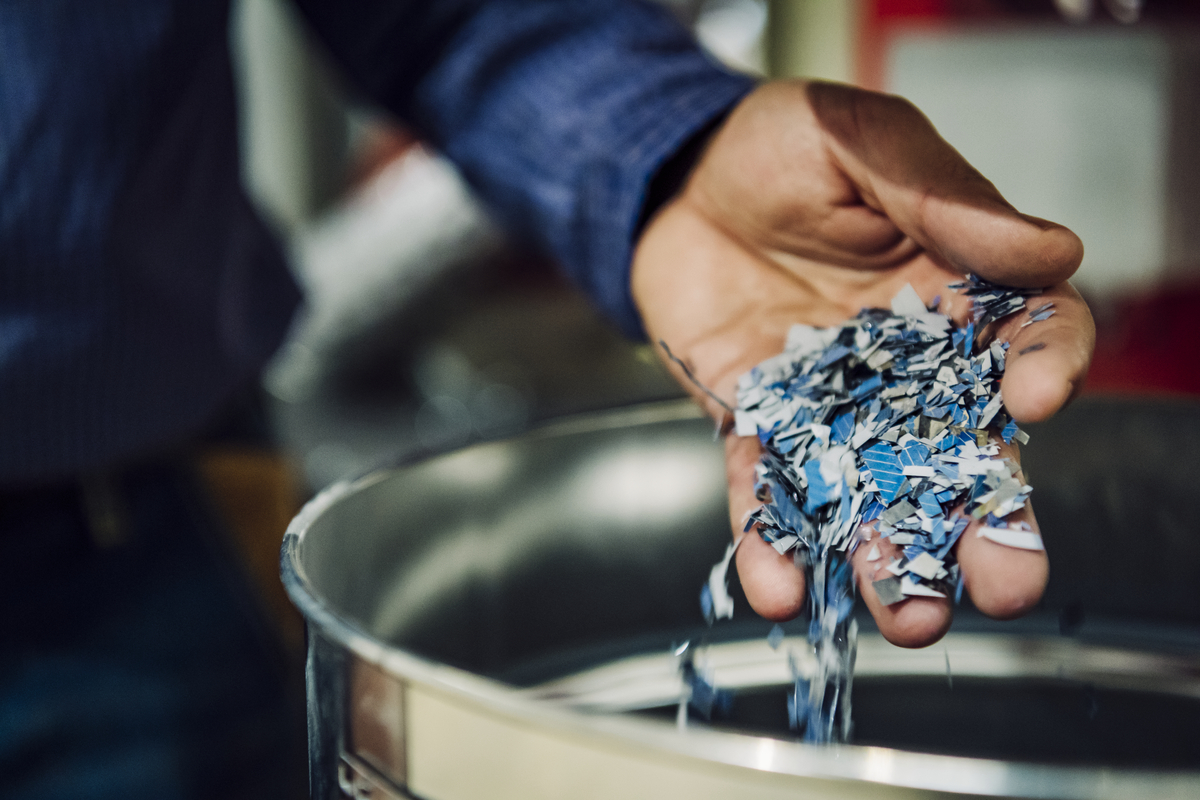
PEPR Recycling
Structure
To help you better understand the structure of the Recycling, Recyclability and Re-usability of Materials research program, this article contains an infographic showing the different axes and their relationships, as well as a list of associated keywords.
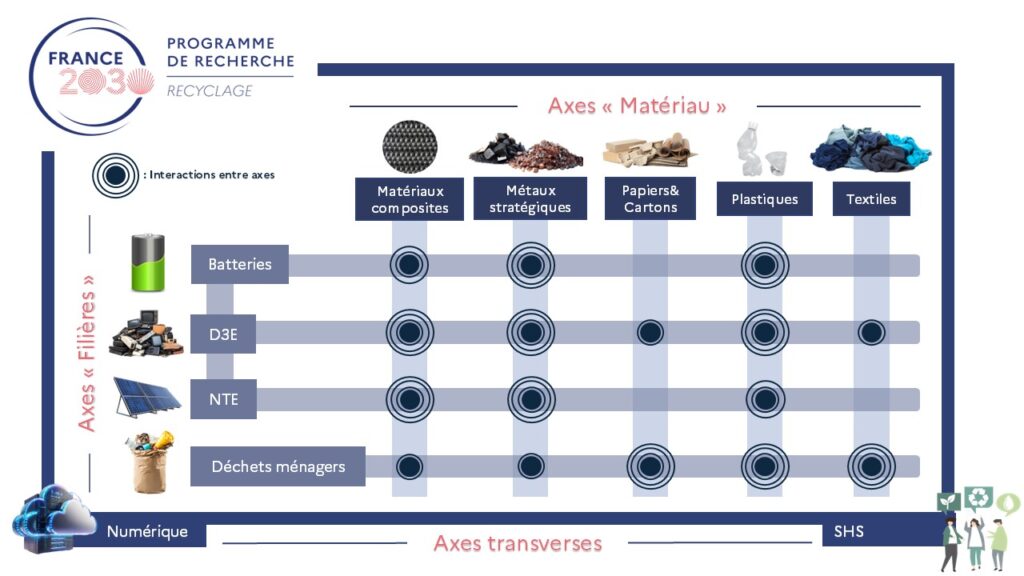
- ‘Plastics’ axis: sophie.duquesne@centralelille.fr / khalid.lamnawar@insa-lyon
Contaminants – Disassembly and dismantling of complex structures – Ternary recycling – Characterization tools, methods and modeling – Material flows, recycling scenarios and LCA – Product design - ‘Strategic metals’ axis: stephane.pellet-rostaing@cea.fr / y.menard@brgm.fr
Socio-economic and environmental assessment of strategic metals recycling – Development of separation methods – Unit processing operations for dissolution and recovery of strategic metals – Process modelling - ‘Composite materials’ axis: cyril.aymonier@icmcb.cnrs.fr / isabelle.capron@inrae.fr
Solvolysis recycling of organic matrix composites and functionalization of recycled fibers in a single-step process – Manufacture and characterization of a new generation of composites from recycled raw materials designed for recyclability - ‘Textiles’ axis: jannick.duchet@insa-lyon.fr / anne.perwuelz@ensait.fr
Materials-by-design approach at the molecular scale (polymers, bio-based materials, blends) – Safe and sustainable textile recycling and transformation processes – Safe and sustainable textile recycling through design at the textile object scale - ‘Paper-cardboards’ axis: nathalie.marlin@grenoble-inp.fr / fabienne.espitalier@mines-albi.fr
Upcycling of the accepted fiber fraction from cardboard recycling and recovery of fibrous rejects – Development of a new type of biorefinery from “urban forest”: recovered paper and cardboard – Cellulose and carbon aerogels from paper and cardboard recycling rejects – Recovery of recycling rejects by thermo-conversion – Environmental and economic impacts of the new processes and materials developed. - ‘Batteries’ axis: alexandre.chagnes@univ-lorraine.fr / emmanuel.billy@cea.fr
Understanding the value chain and market for battery-grade graphite and identifying the future role of recycled graphite – Multi-criteria decision system to assess the sustainability of battery raw materials – Contribution of attrition leaching to NMC treatment by dissolution/precipitation – Implementation of electrodialysis operations – Understanding the chemical and catalytic mechanisms of the oxidative precipitation process. - ‘NTE’ axis: etienne.bouyer@cea.fr / virginie.nachbaur@univ-rouen.fr
Short (and closed) loop recycling of permanent magnets – Recovery and reclamation of fluorinated polymers from membranes and platinum from fuel cells – Recovery and recycling of recoverable metals from photovoltaic panels - ‘WEEE’ axis: jean-christophe.gabriel@cea.fr / s.touze@brgm.fr
Knowledge and analysis of urban mining deposits – WEEE treatment processes – Implications of WEEE recycling strategies for resource accessibility and environmental impacts - ‘Household waste’ axis: ligia.barna@insa-toulouse.fr / yvan.chalamet@univ-st-etienne.fr
Innovative sorting for optimal separation of materials – Innovative preparations for wide reuse of materials: decontamination, de-inking – Modelling and systemic analysis – Dynamics of players and organisations – Regulations, standardisation - ‘SHS’ axis: jeanbaptiste.bahers@univ-nantes.fr / mathieu.durand@univ-le-mans.fr
Political and territorial ecology of recycling: Actors, territories and uses – Consumer behavior, actors, regulations and business models – Recycling practices and representations in the Anthropocene - ‘Digital’ axis: thierry.divoux@cnrs.fr
Digital twins – Signal and image processing – Internet of Things – Optimization – Artificial intelligence – Systems engineering
More news
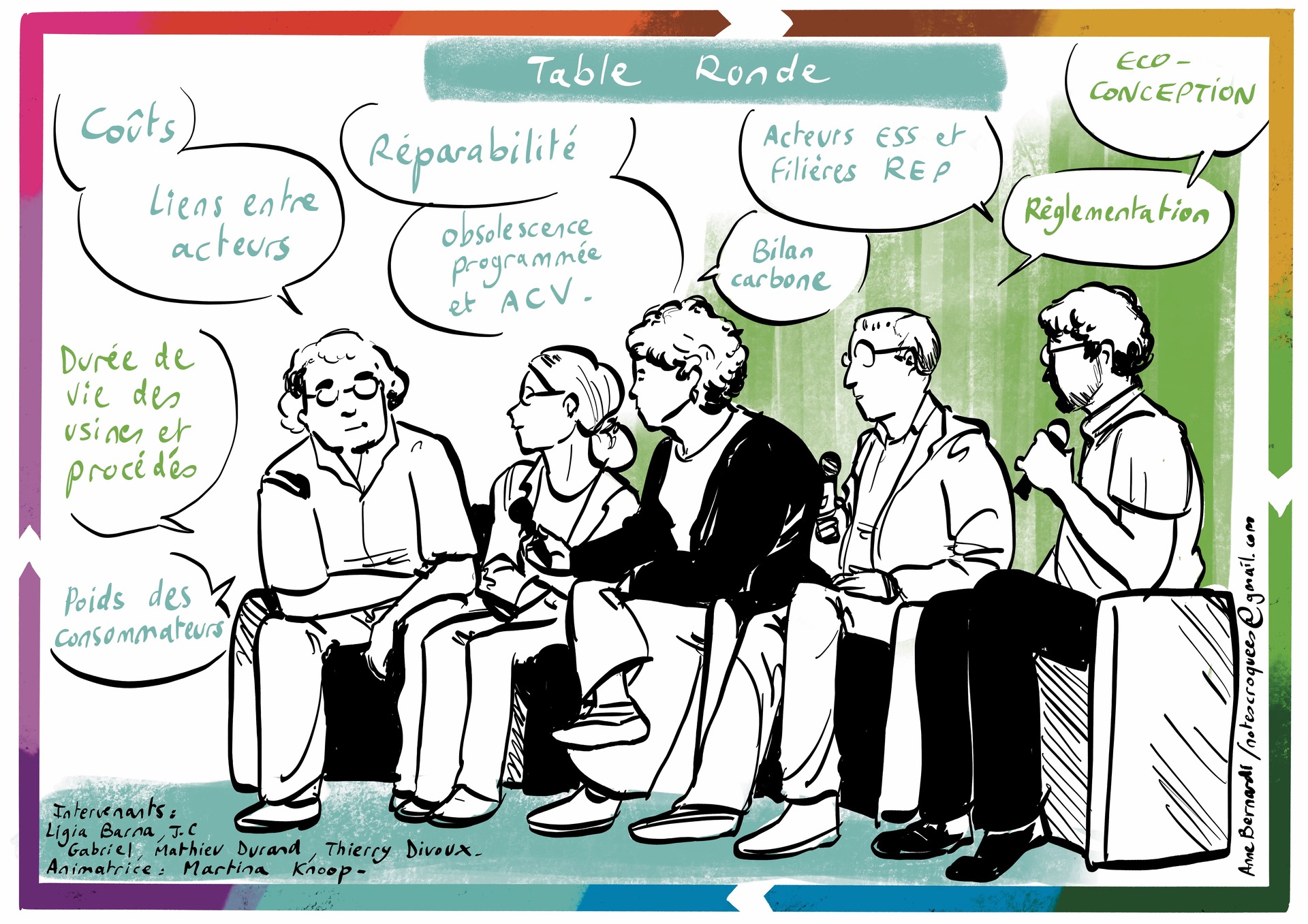
Graphic facilitation of the annual days
During the annual PEPR Recycling Days, graphic facilitator Anne Bernardi produced more than twenty summary illustrations.
3 July 2025
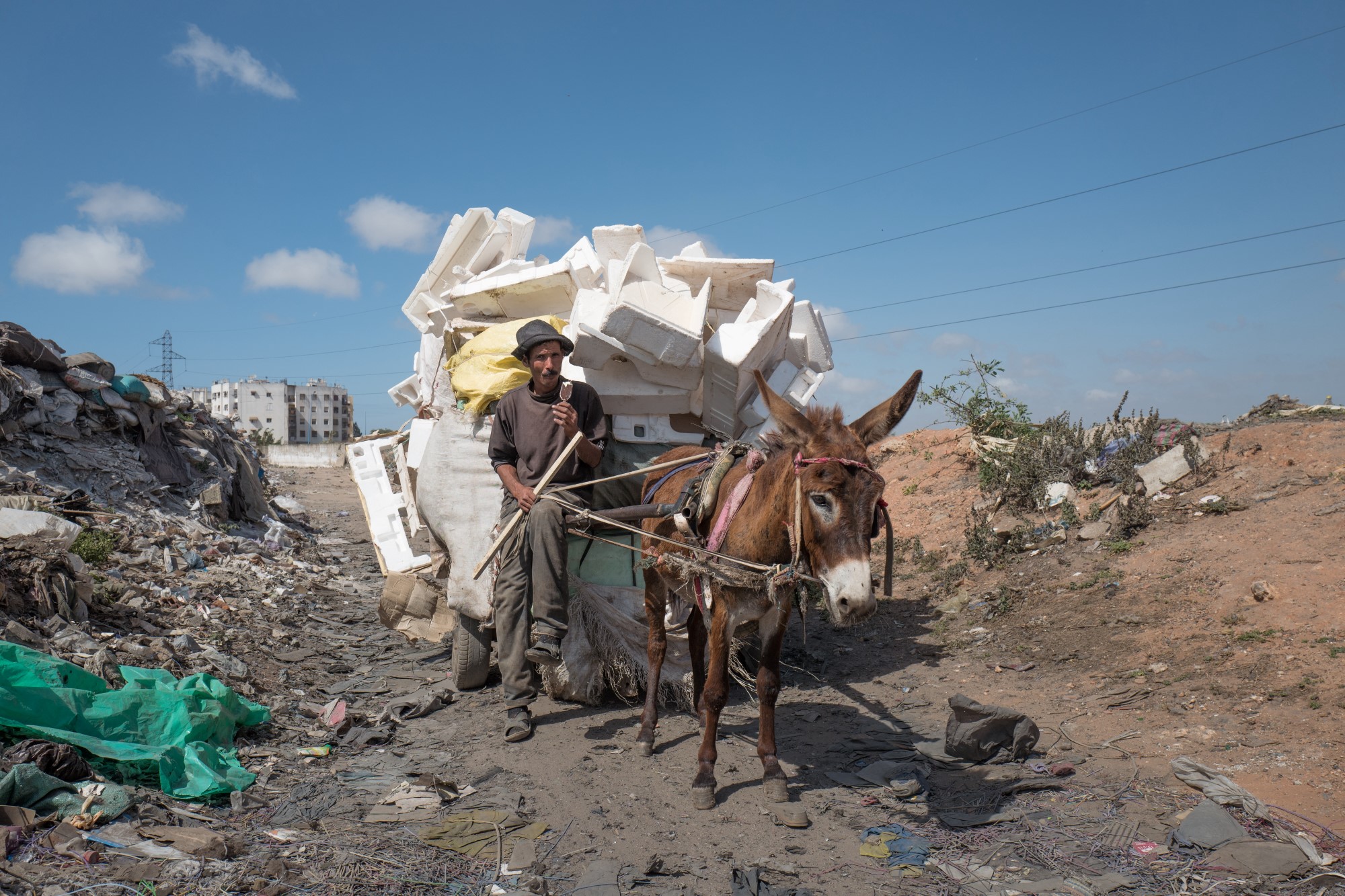
Exhibition: “The Visualization of Waste”
From March 12 to April 1 2025, the exhibition "The Image of Waste," presenting women and men who make a living from working with waste, will be held at the CNRS Paris Michel-Ange center in Paris.
12 August 2025
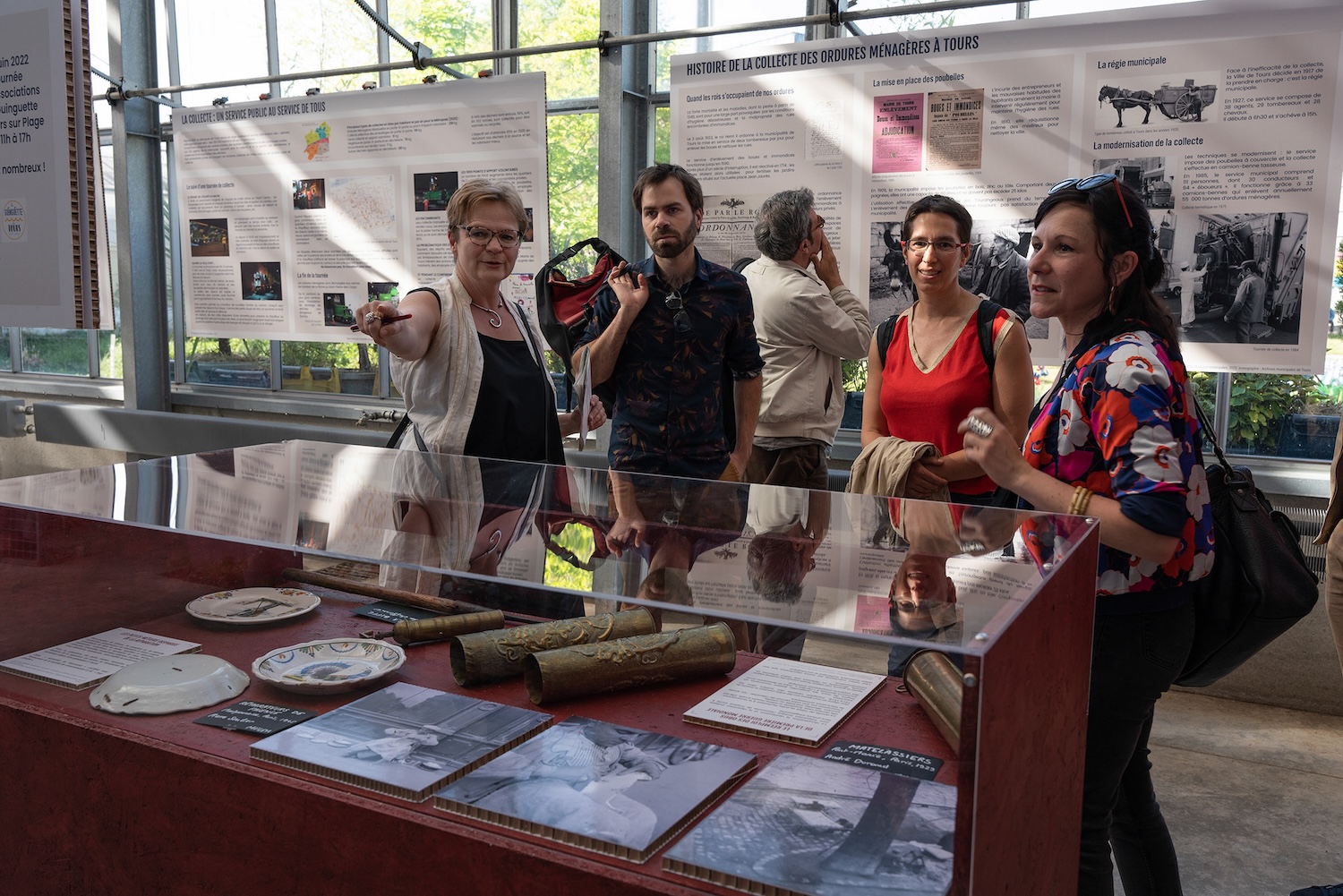
Exposing our waste
For almost ten years, Bénédicte Florin and Pascal Garret have been using their field photographs to create exhibitions for the general public.
11 August 2025